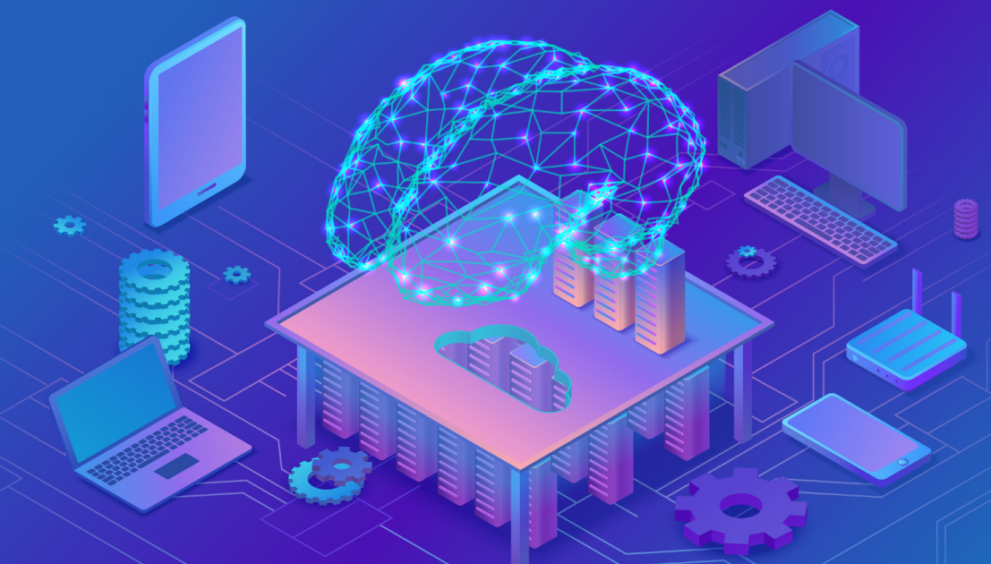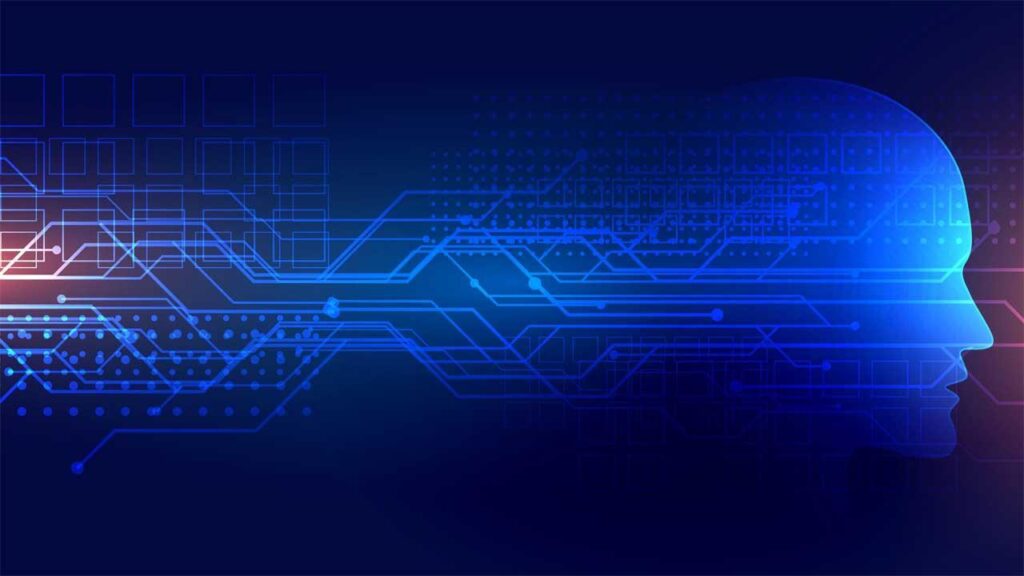Can Artificial Intelligence Understand Human Intentions?

Artificial Intelligence (Al) is the branch of computer science that focuses on creating intelligent machines that can perform tasks that typically require human intelligence, such as understanding natural language, recognizing images, and making decisions. We all are well known to Siri, Google Now, and Cortana, and we also know that these all are intelligent digital personal assistants on various platforms like iOS, Android, and Windows mobile. Al plays an important role in all such apps and especially computer systems that collect information about your requests and use that information to better recognize your speech and serve your results that are tailored to your preferences. In short, we provide input to Al, and then in return, it gives us output and it also helps you to find out useful information when you ask for it using your voice.
Although Al has made significant progress in understanding human intentions, it still has limitations. It can perform human-like behaviors but it doesn’t mean that it can think and understand like humans. The irony is we humans are trying to produce intelligence through artificial ways. It’s just the science of producing machines making machines that have intelligence and a bit of common sense. It’s about how you program a system so that it can behave like a human. They can think, process information, can take decisions, and act accordingly, but in the end, it’s all humans that are controlling it.

Challenges Faced By Al To Understand Humans:
One of the main challenges faced by Al is the complexity of human language and communication. Humans often use sarcasm, humor, and other forms of figurative language that can be difficult for the Al system to understand. Further NLP (natural language processing), which is the branch of artificial intelligence, helps computers to understand human texts, messages, and commands. Moreover, this technology is further used in a wide range of applications, from sentiment analysis in social media to language translation tools and chatbots.
Another challenge facing Al is the diversity of human behavior and culture. Humans have different values, beliefs, and preferences that influence their actions and decisions, which can make it difficult for the Al systems to predict their intentions. The rapid expansion of Al from facial recognition and self-driving cars to understanding human speech is having a major impact on business and society, which is why the lack of diversity among the people developing Al tools is troubling.
Further, Al systems are limited by the data they are trained on. Machine learning algorithms are designed to learn from data and improve their performance over time. But they are only as good as the data they are trained on. If the training data is biased or incomplete, the Al system may not be able to recognize certain intentions or may make incorrect predictions. As a result, we can conclude that computers only perform what we tell them to do. They are dependent on humans but humans are not dependent on them.
Progress of Al in Understanding Human Intentions:
By keeping aside these challenges, artificial intelligence has made great progress in understanding human intentions in certain domains, and there is no doubt that Al is helping humans in every way it can. For example, in the past few years, some Al programs and systems have successfully copied selected human brain functions, and extended human cognitive and decision-making abilities. As a result, some machines in existence now can execute the knowledge-based functions of a human operator, but with better quality.
Another example of Al in understanding human intention is an image and speech recognition algorithm that can be trained to recognize certain human behaviors and intentions based on visuals and audio cues. This technology is used in a wide range of applications, such as security cameras that can detect suspicious behavior and virtual assistants like Siri and Alexa that can understand spoken commands.
In addition, there is also an example in the industry where Al is present; this includes the banking and financial industry. It is used to help the banks in fraud detection departments by flagging suspicious activities like unusual debit card transactions, and large deposits. Al makes it easier to estimate the demand and supply of securities, which helps make trading easy and convenient.

Applications of Al:
Additionally, Al has significantly evolved in the past few years and has a wide range of practical applications, including image and speech recognition, fraud detection, self-driving cars, personalized recommendations in e-commerce, administrative tasks automated to aid educators, creating smart content, automatic vehicles, spam filters, facial recognition, Al in robotics either can be used in carrying goods in hospitals, factories, and warehouses or cleaning offices or large requirements. If we look at an overview of all the applications we have mentioned above, we can conclude that Al almost has covered every business sector.
However, keeping all these advances aside, Al is still limited by its inability to match the complexity and modulation of human thinking and decision-making. Machines only do what we command them to do. If there are no humans, the machines and Al can’t do work and perform various tasks by themselves. Al needs humans to run. Additionally, Al systems are still prone to errors and data biases, and they can misinterpret human intentions in certain situations.
In conclusion, Al is a branch that emphasizes the development of machines, thinking, and working like humans. As today artificial intelligence is a very popular subject that is widely discussed in technology and business circles. If we sum up all the things that we mentioned above in simple words it is the science of creating machines that have human-like properties of reasoning and problem-solving. And this also allows machines to learn and make decisions from past data without explicit programming. Further, it has the potential to understand human intentions to a certain extent, but it still has a long way to go before it can achieve 100% accuracy.


























































































































































































































































































































































































































































































































































































































































![Fixing [pii_email_aa0fea1a78a192ae7d0f] Microsoft Outlook Error](https://www.huffenpost.com/wp-content/uploads/2023/03/What-Causes-the.jpg)
![Fixing [pii_email_aa0fea1a78a192ae7d0f] Microsoft Outlook Error](https://www.huffenpost.com/wp-content/uploads/2023/03/How-to-fix-the-1-1024x1024.webp)
![Quick fixes for the [pii_email_dbd9dd084703ead3b9cf] Mail Error](https://www.huffenpost.com/wp-content/uploads/2023/03/How-to-Avoid-pii_email_b6b14f95f44a83737071-Outlook-Error-1024x576.jpg)
![How to fix the [pii_email_bbf95bff57a974a71da8] in Microsoft Outlook?](https://www.huffenpost.com/wp-content/uploads/2023/03/How-To-Solve-The-pii_email_9e750e335dfd9d75badb-Outlook-Error.webp)
![How to solve the [pii_email_b6b14f95f44a83737071] Outlook Error](https://www.huffenpost.com/wp-content/uploads/2023/03/How-to-Avoid-pii_email_b6b14f95f44a83737071-Outlook-Error.png)
![Ways to fix the "[pii_email_1fb861393abed78ab415] Error](https://www.huffenpost.com/wp-content/uploads/2023/03/pii_pn_56e685559f213991c933-Error-Causes-and-Solutions2.jpg)
![How to Fix the [pii_email_e2f55b4aa7bb667da6d9] Error](https://www.huffenpost.com/wp-content/uploads/2023/03/How-to-fix-the.webp)
![What Everyone Should Know About [pii_email_59ea919492dfc2762030]](https://www.huffenpost.com/wp-content/uploads/2023/03/pii_email_aa0fea1a78a192ae7d0f-Email-Error-and-Its-Solutions-1024x683.jpg)
![How to Fix the [pii_pn_5359771d15a46e7b88bf] Outlook Email Error](https://www.huffenpost.com/wp-content/uploads/2023/03/pii_email_57a4a2f20ec6813a8481-SMTP-Error-Solution-2.jpg)


























































































